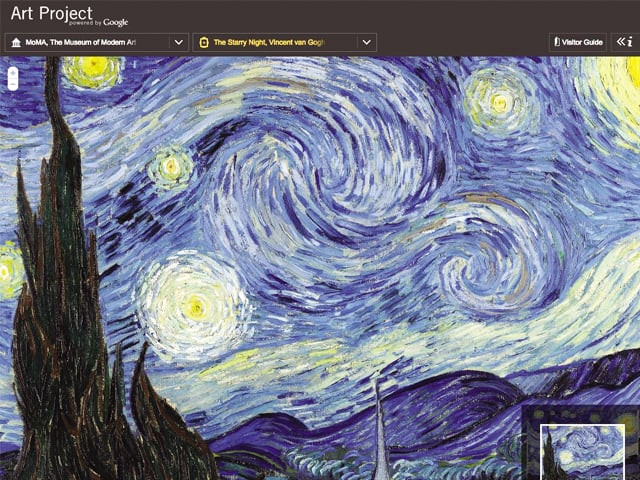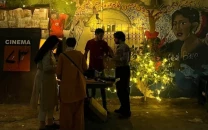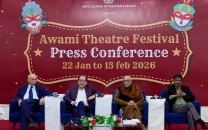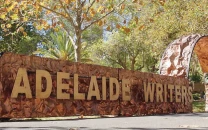For the love of art
The launch of the Google Art project has transformed the doors of 17 museums including the National Gallery in London.

The launch of the Google Art project has taken cameras used in Street View site and transformed the doors of 17 museums including the National Gallery in London — becoming the latest move on the Internet.
The State Hermitage in Saint Petersburg, Amsterdam's Rijksmuseum and another London heavyweight, Tate Britain, are among the institutions whose artwork has been selected for display in incredible detail. But all the museums featured already have their own websites, so why marry up with the US online giant?
"We have to seek out the Internet user, on social networks, the networking sites, wherever they may be," said Laurent Gaveau, in charge of new media for the Palace of Versailles, the only French museum taking part in the Google project. Google can offer the technological muscle required for this project,"The use of gigapixels is really new," Gaveau said, referring to the high-resolution system used for capturing the paintings.
Charlotte Sexton from Britain's National Gallery said museums were convinced that the Google site — far from harming the traffic to their own websites — could actually capture a new audience and even persuade people to come to the museums. "There is plenty of evidence that shows that by engaging with relevant content online it actually can be a driver to encourage people to go and see the real thing — you can't underestimate the thrill of the original," she said. "And for many they may never be able to visit physically but they can have a meaningful virtual experience."
Larissa Korabelnikova, spokeswoman for the Hermitage, agrees. "There is no conflict between virtual visits to the museum and real visits," she said. "One adds to the other." But not all museums are convinced about Google Art. The Louvre in Paris, a true giant of world culture and home to Leonardo da Vinci's Mona Lisa, spurned Google's advances and chose instead to build up its own website, which currently receives 11 million visits a year, compared to 8.5 million visitors in the flesh. The Palace of Versailles says the benefits of moving online have been huge. In three years, its decision to embrace Facebook, YouTube and Twitter has seen more and more users directed towards its own website, which now counts six million a year.
Published in The Express Tribune, February 8th, 2011.



















COMMENTS
Comments are moderated and generally will be posted if they are on-topic and not abusive.
For more information, please see our Comments FAQ